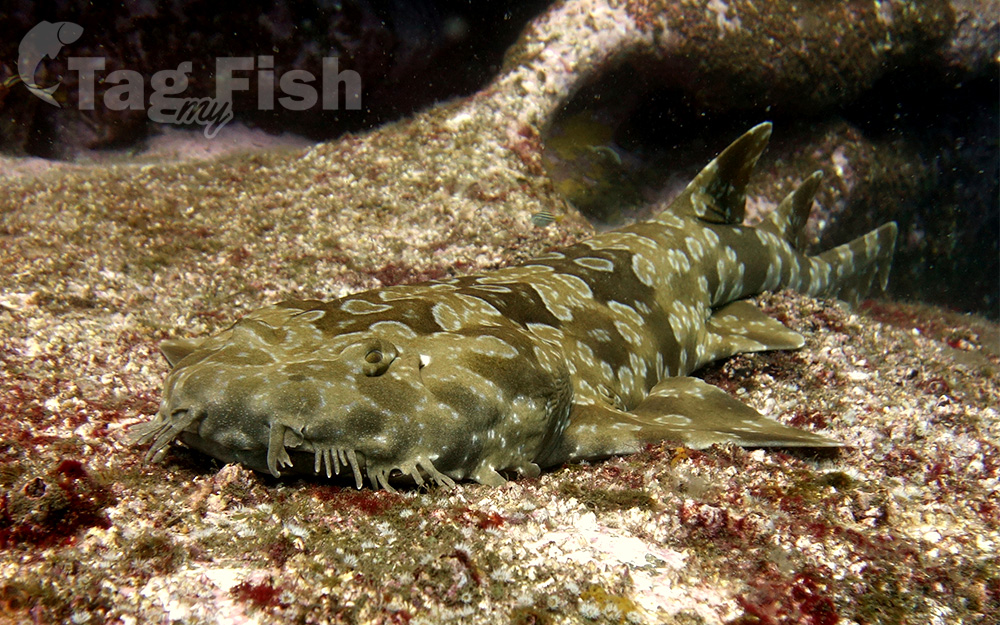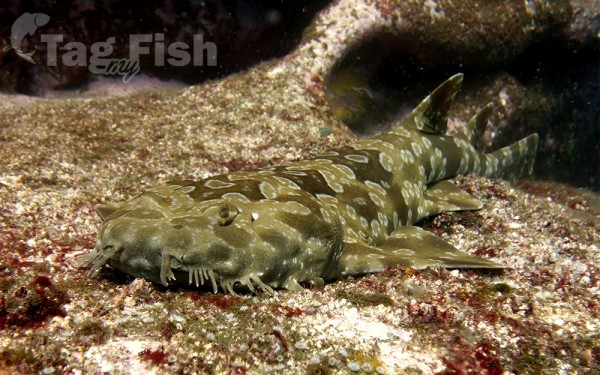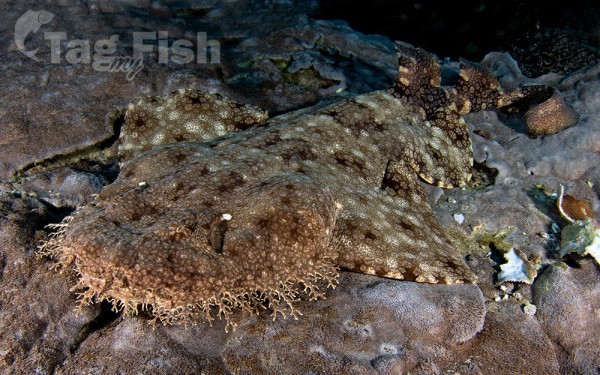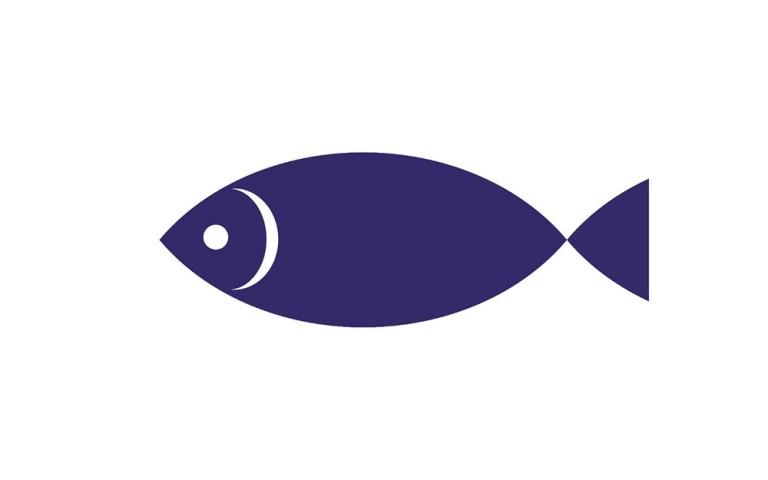Orectolobidae - Wobbegongs

Description
The wobbegong is the common name given to the 12 species of carpet sharks in the family Orectolobidae. They are found in shallow temperate and tropical waters of the western Pacific Ocean and eastern Indian Ocean, chiefly around Australia and Indonesia, although one species (the Japanese wobbegong, Orectolobus japonicus) occurs as far north as Japan. The word wobbegong is believed to come from an Australian Aboriginal language, meaning shaggy beard, referring to the growths around the mouth of the shark of the western Pacific.
Description
Wobbegongs are bottom-dwelling sharks, spending much of their time resting on the sea floor. Most species have a maximum length of 1.25 m (4.1 ft), but the largest, the spotted wobbegong, Orectolobus maculatus, and banded wobbegong, O. halei, reach about 3 m (9.8 ft) in length.
Wobbegongs are well camouflaged with a symmetrical pattern of bold markings which resembles a carpet. Because of this striking pattern, wobbegongs and their close relatives are often referred to as carpet sharks. The camouflage is improved by the presence of small weed-like whisker lobes surrounding the wobbegong\\\\\\\'s jaw, which help to camouflage it and act as sensory barbs. Wobbegongs make use of their camouflage to hide among rocks and catch smaller fish which swim too close, typical of ambush predators. Wobbegongs also have a powerful jaw with needle-like teeth that assist in catching reef fish and other sharks for food.














